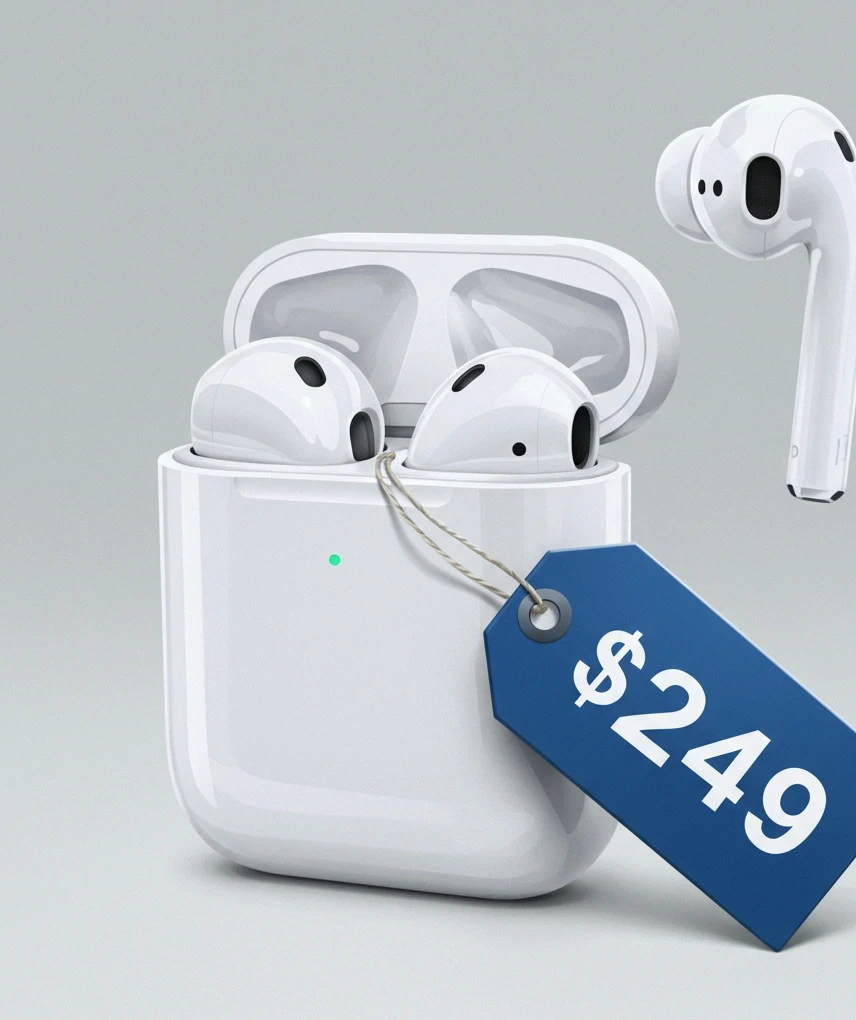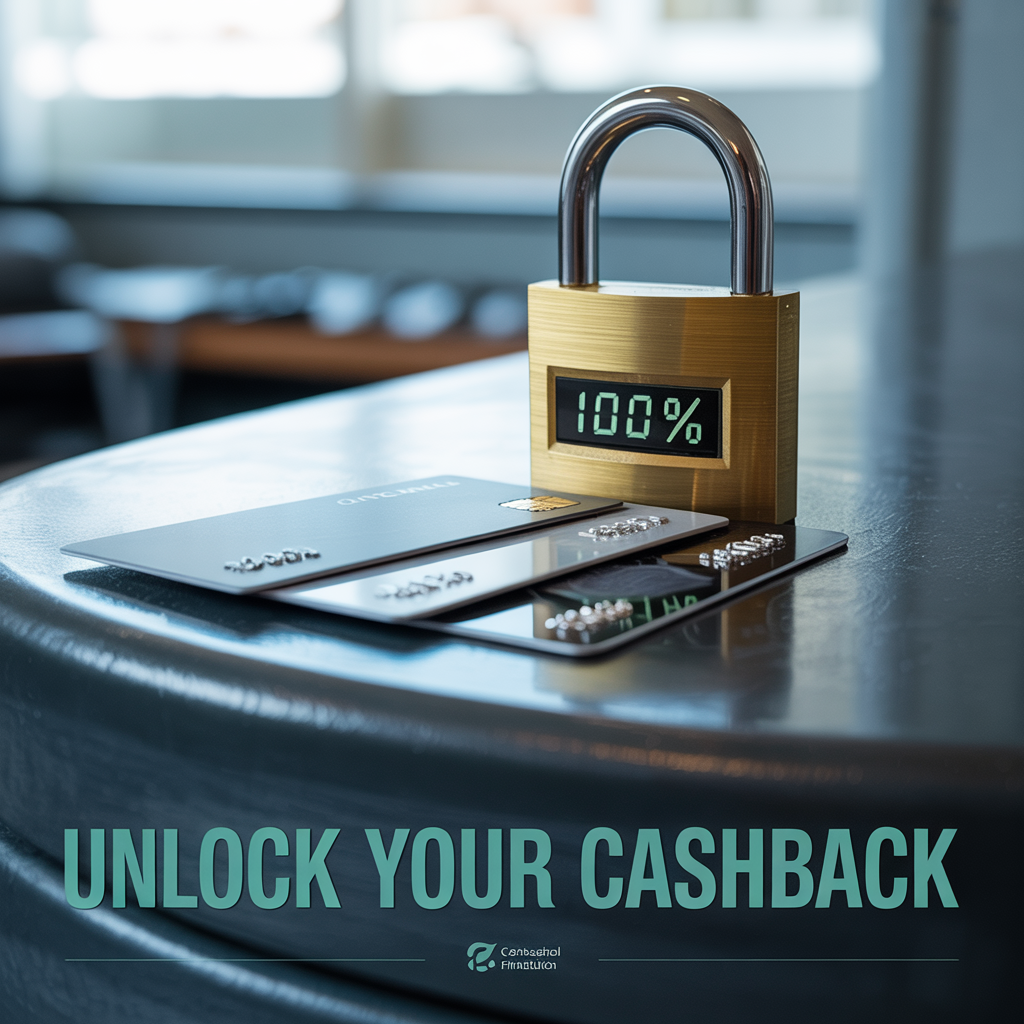Ever bought something like a new pair of sneakers, headphones, or a kitchen gadget, only to see a huge discount or price drop a week or month later? Yeah, same here. It’s frustrating. You feel like you just lost money.
But here’s the thing: your credit card might be hiding a little-known feature that could’ve saved you cash in that moment. It’s called Price Protection, and it’s one of the most underused perks credit card companies still offer.
Let’s me break it down in simple terms and I promise, by the end of this article, you’ll be checking your wallet with fresh eyes.
What’s This “Price Protection” Thing Anyway?
So here’s the deal: Price Protection means that if you buy something and the price drops within a certain time frame, let say 60 or 90 days your credit card might refund you the difference.
Let’s say you bought a smartwatch for $250. Two weeks later, it drops to $200. If your credit card has Price Protection, you could get that $50 back. No need to return the product or deal with the retailer. Just file a claim, and the card issuer takes care of the rest.

How to Use It (Without Losing Your Mind)
It’s not complicated, but it does take a tiny bit of effort. Here’s how it works:
- Check If Your Card Offers It
Not all cards do. Business cards from Capital One (like the Spark Cash Select) still offer it. So do cards like the Chase United Club Business Card, UBS Visa Infinite, and Navy Federal’s More Rewards Amex. - Keep Your Receipts
Whether digital or physical, hold on to your proof of purchase. You’ll need it for your claim. - Track the Price
You can either check prices manually (on Amazon, Best Buy, etc.) or use tools like CamelCamelCamel, Honey, or even a Google Shopping alert. - Spot a Drop? File a Claim
Go to your card’s benefits portal, upload your receipt, and a screenshot or link showing the lower price. If you’re within the time limit (often 60–120 days), you’re golden. - Get the Refund
Once approved, you’ll usually see a credit on your statement. That’s actual money back—no points, no gimmicks.
Cards That Still Offer Price Protection (As of 2025)
Here are a few you might want to look into:
- Capital One Spark (Business Series)
- Chase United Club℠ Business Card
- UBS Visa Infinite Credit Card
- Navy Federal More Rewards American Express® Card
- HSBC Elite Credit Card
- REI Credit Card (National Cooperative Bank)
Each has different terms some cover up to $500 per item, others cap you at $1,500 per year. Always check the latest policy, since banks can (and do) change them quietly.
Make It Work for You—Without Making It a Chore
You don’t need to obsessively track prices. Just be aware of big-ticket purchases say, anything over $75 and set a reminder in your phone for 2–3 weeks after. That’s usually when sales pop up.
A quick Google search or price tracker can reveal a drop, and that’s your cue to act. It’s like doing a little work now to get money back later, just like how people hunt for coupons, except this can yield even bigger rewards.
Don’t Leave Free Money on the Table
You already swipe your card for stuff you were going to buy anyway whether groceries, clothes, subscriptions, electronics. Why not get a little more out of those purchases?
Price Protection won’t make you rich overnight, but it’s one of those rare “set it and forget it” money hacks that can actually work. And if your card doesn’t offer it? You now know what to look for the next time you apply.
Go on—check your card’s benefits. You might just find your new favorite money-saving tool hiding in plain sight.

Leave a Reply